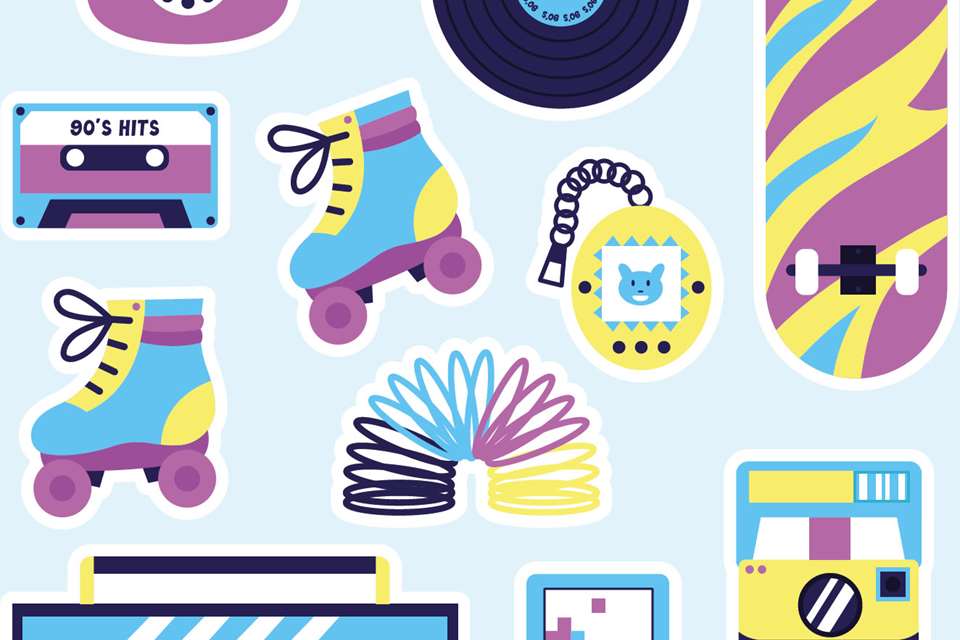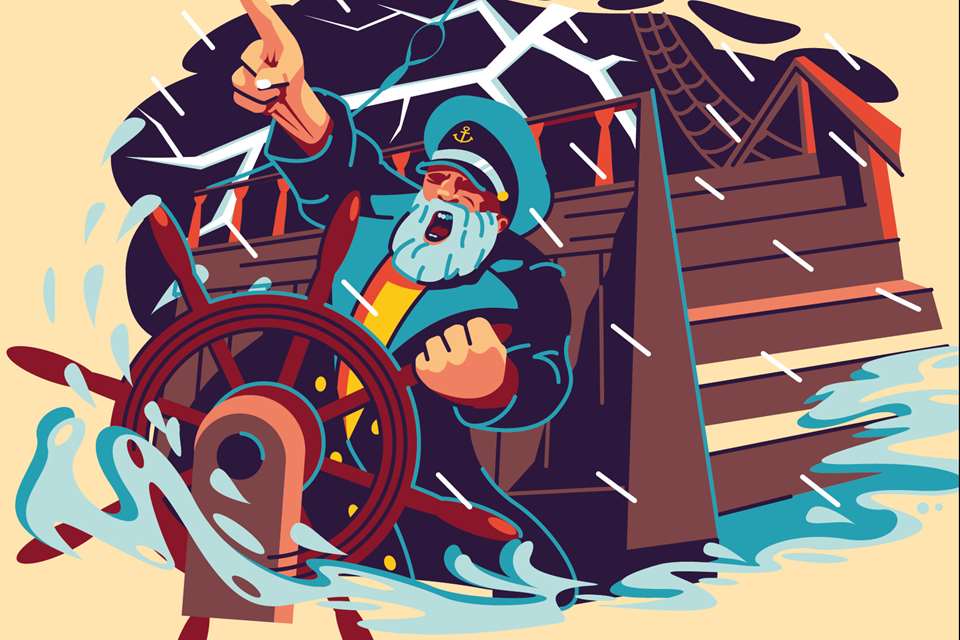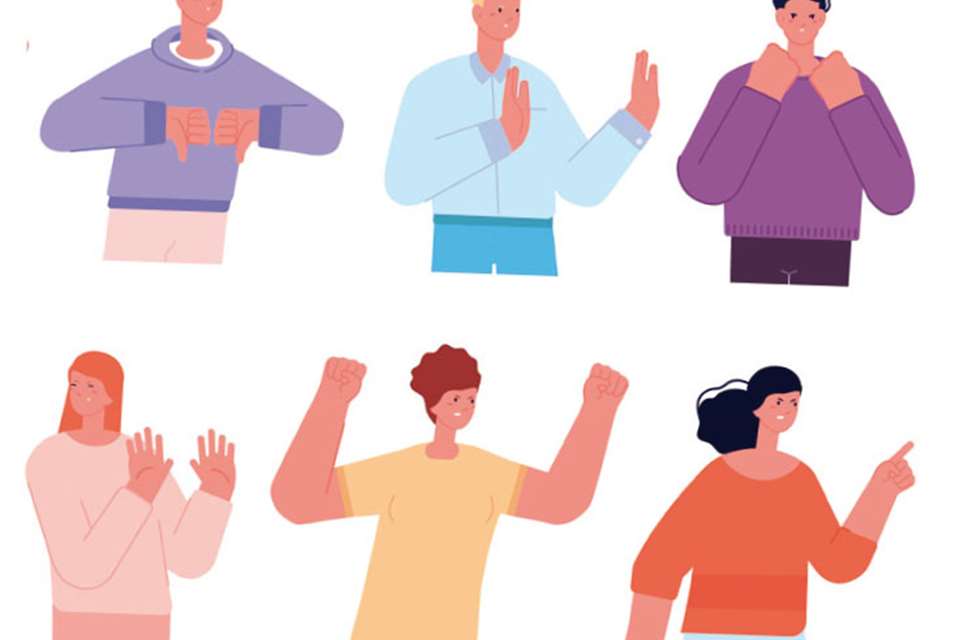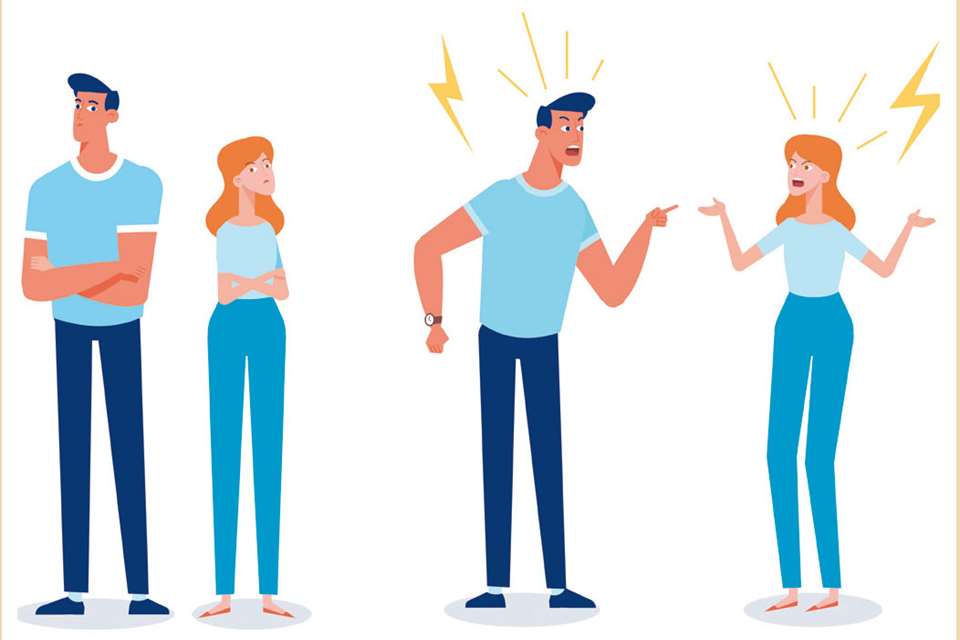One-off workshop: Today's sci-fi is tomorrow's fact
David Porter
Saturday, October 1, 2022
David Porter establishes a workshop exploring science fiction through drama with your class.
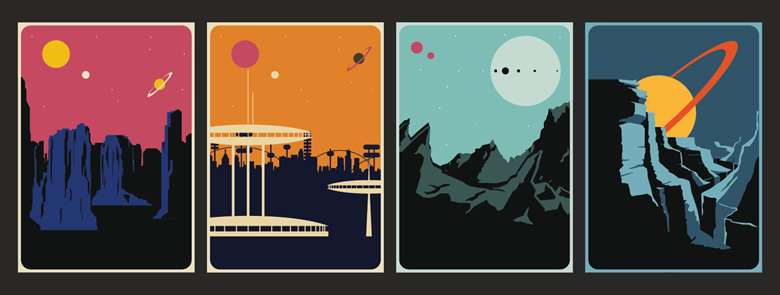
KOYASH 07/ADOBE STOCK
In the days of candles and oil lamps, who'd have guessed that electricity could exist? Who could have dreamed up concepts as far-reaching as flying vast distances in metal tubes, going to the moon, hovering in a helicopter or waging warfare remotely? With coin-operated telephones in boxes on the street, who'd have imagined you could carry a phone and access to the internet around in your pocket?
Science fiction did. Often sci-fi is overtaken by real life: now we have droids, drones and subterranean laboratories, as well as so many other things that were once fiction. We live and die with Big Brother-type monitoring wherever we go, facial recognition and DNA profiling, all of which were first mooted in science fiction.
Back in 1865 Jules Verne predicted the US would send three men to the moon in a spaceship named Columbiad. In 1969, they did just that in a rocket called Columbia. In his 1898 story From the London Times 1904, Mark Twain predicted in the rise of interlinked telephone devices sharing information with people watching each other. Leonardo da Vinci produced drawings that look remarkably like a modern tank.
All that said, we're still waiting for some inventions, such as independent hover-boards, fast-renewing body parts and one pill to cure all illnesses. This 90-minute workshop takes three futuristic elements and invites students to imagine them as reality: time travel, invisibility and human organ harvesting.
Warm-up: (15 mins)
In pairs, A is the out-of-touch parent of B, a nerd, who has set up a weird device in their room, which takes over their personality. A gets hysterical but is also taken over by the device. They call another family member in. Spotlight one or two of the scenes in front of the class.
Discussion and set up: (15 mins)
Lead a short discussion on films that predicted future science facts, such as Back to the Future, Star Wars, Star Trek, The Terminator or Harry Potter. Things we take for granted like images and sound on devices, radar, X-rays, refrigeration, human transplants, social media and artificial intelligence were all once sci-fi to imaginative inventors and writers. It is sometimes the case that sci-fi inspires actual inventions and developments.
In small groups, invite students to develop one scene (at most two) of a story inspired by one of the choices below. Having made a choice, they should stick to it. The stories are set in the near future, say 2029. All students should be encouraged to let their imaginations run free in coming up with inventions that are not scientific facts just yet.
Choice one:Time travel causes havoc when somebody gets caught in the wrong time and everyone they knew is either dead or not yet born. This can be either comic or spooky.
Choice two:Invisibility is new, but expensive. One person in the group has made themselves invisible, causing havoc and misunderstandings that get out of hand. This can be comic or tragic.
Choice three:A bunch of future criminals operate a service in providing human organs to the rich. They track poor people for blood and tissue matching. Something goes wrong when the boss ends up with the wrong organ. This can be comic or gruesome.
Drama techniques
Groups should include three of the following dramatic devices: mime, still image, the use of bodies to make furniture, a narrator, slow motion, thought-tracking, different levels, gesture, symbols, marking the moment or cross-cutting.
The groups must make collaborative choices with:
- Their characters
- When the story is set
- Where the story is set
- What happens
- Why it happens
- If it is comic, scary or surreal
- What the outcome is
Devising: (20 mins)
While students devise a story, you circulate the groups, checking everyone is engaged in some activity within the piece. Make suggestions as appropriate.
Sharing: (25 mins)
Invite one group to share their scene; followed by another to show opening or closing sections. You can show more if your time allows.
Reviewing: (10 mins)
Invite a student to constructively review their own group and another to review others.
For the future: (5 mins)
Ask students to note what ideas, stimulus and techniques worked to hold in store for future (exam) devising.
Resources
-
When Science Fiction Becomes Science Fact is an eight-minute YouTube video providing students with a useful quirky intro to the topic:bit.ly/3UhuM7Q
-
40 Fantastic Facts About Science Fiction that Became Reality is a useful list of things that started as sci-fi, such as debit cards, submarines, 3D printers and erasing memories: bit.ly/3BTyIEz




